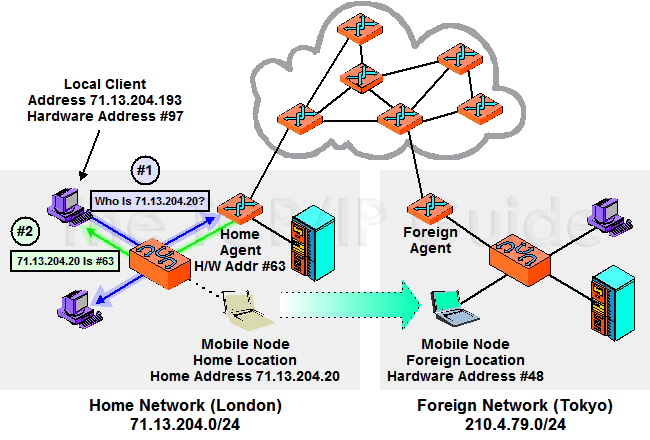 |
|
Please Whitelist This Site?
I know everyone hates ads. But please understand that I am providing premium content for free that takes hundreds of hours of time to research and write. I don't want to go to a pay-only model like some sites, but when more and more people block ads, I end up working for free. And I have a family to support, just like you. :)
If you like The TCP/IP Guide, please consider the download version. It's priced very economically and you can read all of it in a convenient format without ads.
If you want to use this site for free, I'd be grateful if you could add the site to the whitelist for Adblock. To do so, just open the Adblock menu and select "Disable on tcpipguide.com". Or go to the Tools menu and select "Adblock Plus Preferences...". Then click "Add Filter..." at the bottom, and add this string: "@@||tcpipguide.com^$document". Then just click OK.
Thanks for your understanding!
Sincerely, Charles Kozierok
Author and Publisher, The TCP/IP Guide
|
|
|

Custom Search
|
|
Mobile IP and TCP/IP Address Resolution Protocol (ARP) Operation
(Page 2 of 2)
Additional Home Agent Tasks To Deal With ARP
Solving this problem requires the intervention of, you guessed it, the home agent. It must perform two tasks to enable local hosts to send to the mobile node:
- ARP Proxying: The home agent must listen
for any ARP Requests sent by nodes on the same network as any
of the mobile nodes that are currently registered to it. When it hears
one, it replies in the mobile node's stead, and specifies its
own data link layer address as the binding for the mobile node's
IP address. This will cause hosts on the home network to send any datagrams
intended for the mobile node to the home agent where they can be forwarded.
This process is illustrated in Figure 135.
- “Gratuitous” ARP: Proxying helps
with ARP Requests but what about devices that already have cache
entries for the mobile node? As soon as the mobile node leaves the network,
these become automatically stale. To correct them, the home agent sends
what is called a gratuitous ARP message that tells devices on
the local network to associate the mobile node's IP address with the
home agent's data link layer address. The term “gratuitous”
refers to the fact that the message isn't being sent in order to perform
an actual address resolution but merely to cause caches to be updated.
It may be sent more than once to ensure that every device “gets
the message”.
Figure 135: ARP Proxying By Mobile IP Home Agent
The home agent must take special steps to deal with transmissions from devices on the local network to the mobile node. In this example (using short hardware addresses for simplicity) the hardware address of the mobile node is #48 and that of the home agent #63. A local client on the home network with hardware address #97 sends an ARP Request to find out the hardware address of the mobile node. The home agent responds on the mobile’s behalf, specifying not hardware address #48 but rather its own, #63. The client will thus send to the home agent, which can then forward the data to the mobile node on the foreign network.

Once this is done, ARP should function normally on the home link. Of course, when the mobile device returns back to the home network, the process must be reversed. Upon deregistration with the home agent, it will stop proxying for the mobile node. Both the mobile node and the home agent will also send gratuitous ARP broadcasts that update local device caches to again associate the mobile node's IP address with its own layer two address, instead of that of the home agent.
|
|
| |||||||||||||||||||
Home - Table Of Contents - Contact Us
The TCP/IP Guide (http://www.TCPIPGuide.com)
Version 3.0 - Version Date: September 20, 2005
© Copyright 2001-2005 Charles M. Kozierok. All Rights Reserved.
Not responsible for any loss resulting from the use of this site.







 Key Concept: To avoid problems with hosts on the mobile node’s home network trying to send datagrams to it at layer two, the home agent is required to use proxy ARP to direct such devices to send to the home agent so they can be forwarded. It must also use “gratuitous” ARP to update any existing ARP caches to that effect.
Key Concept: To avoid problems with hosts on the mobile node’s home network trying to send datagrams to it at layer two, the home agent is required to use proxy ARP to direct such devices to send to the home agent so they can be forwarded. It must also use “gratuitous” ARP to update any existing ARP caches to that effect.